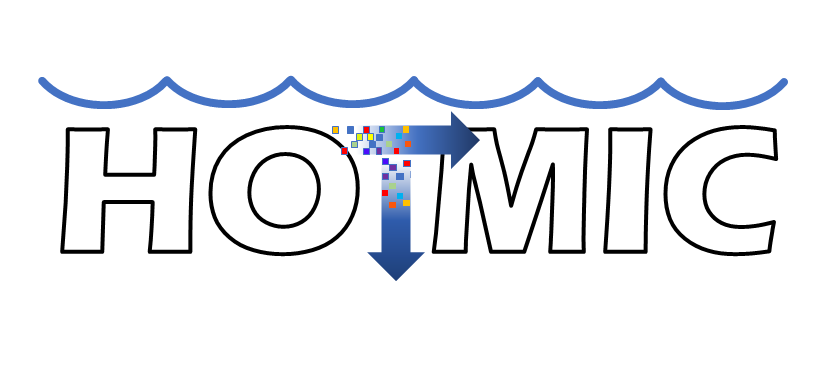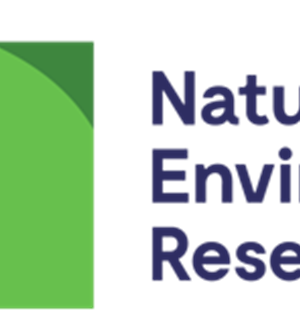- Ghent University (UGhent) - Belgium,
- University of Southern Denmark (SDU) - Denmark,
- University of Tartu (UT) - Estonia,
- Technical University of Munich (TUM) - Germany,
- University of Pisa - Italy,
- Portuguese Institute for the Sea and the Atmosphere (IPMA) - Portugal,
- Marine and Environmental Sciences Centre (MARE) - Portugal
Less than 10% of the total amount of plastics entering the oceans can currently be accounted for, likely due to its fragmentation into small microplastics, still unquantified by modern techniques, or export from the ocean surface. It is unknown how much plastic debris actually floats at the ocean surface, which mechanisms control plastic transportation and its fate from land to the deep sea, and what ecological impact these may have. The HOTMIC project seeks to address these knowledge gaps. To do so, it focuses on the North Atlantic as a model region and investigates the pathways of plastic coming from the continent into the North Atlantic Ocean gyre. The objective of HOTMIC is to map the distribution of microplastics - including particles smaller than 10 micrometer and microfibers - in water, sediment, and organisms from the coastal ocean to the open ocean gyre and into the deep sea. The project will quantify processes controlling lateral and vertical transportation of microplastics, including biofouling, (bio)aggregation, and deposition, for incorporation into global ocean models. To understand the fate of microplastics in the ocean, HOTMIC will examine microplastics weathering signatures during ocean transportation, and evaluate the predominant mechanisms that create such weathering signature, including biological effects of bioshredding and ingestion. These objectives will be supported by a diverse suite of analytical techniques. In order to achieve comprehensive detection of microplastic particles smaller than 10 micrometer and microfibers, HOTMIC will develop and optimize novel analytical methods based on a combination of non- destructive (Raman & FT-IR spectrometry, microscopy), and destructive techniques (hydrolytic depolymerization, HPLC, Py-GC/MS, EGA/MS). In addition, HOTMIC will develop Raman spectroscopy techniques for automated detection of microplastics, including particles smaller than 10 micrometer and microfibers, to greatly increase sample throughput, and 2D & 3D imaging of microplastics in biota. HOTMIC will use field and experimental measurements to understand the transportation and fate of small microplastics and microfibers, and to evaluate the risks of these contaminants for marine environments and organisms. This project is part of the 2nd call of JPI Oceans Joint Action 'Ecological Aspects of Microplastics'.
Want to analyze based on this project via our analysis tool? Analyze this project
Knowledge Gaps
Environmental effects and ecotoxicity
Environmental fate and behavior of plastic
Characteristics of plastic-general
Uptake routes
Monitoring and detection equipment


